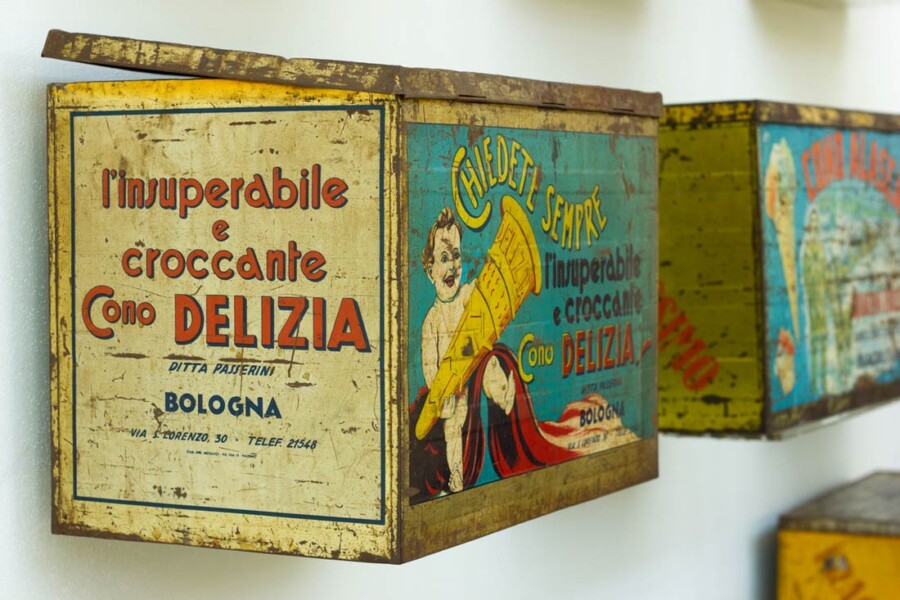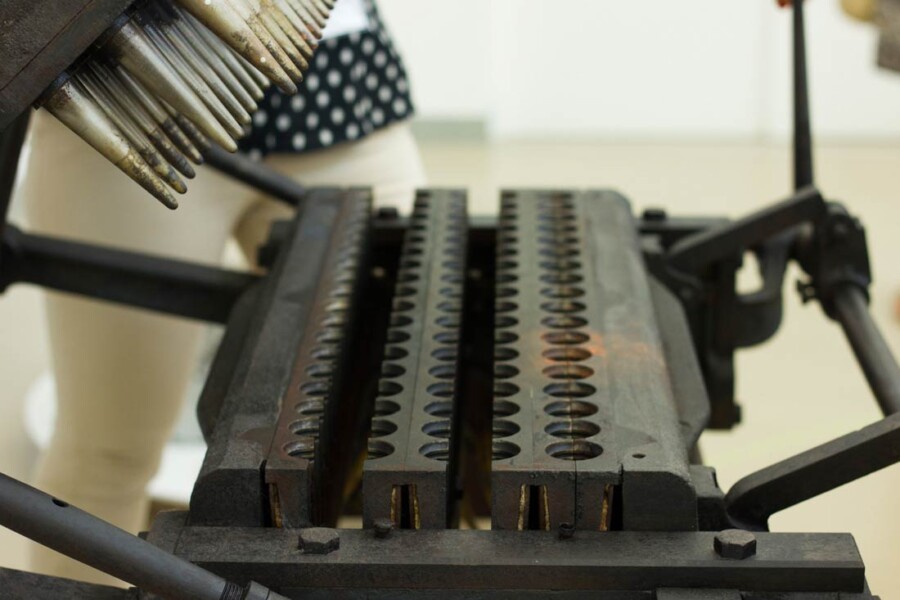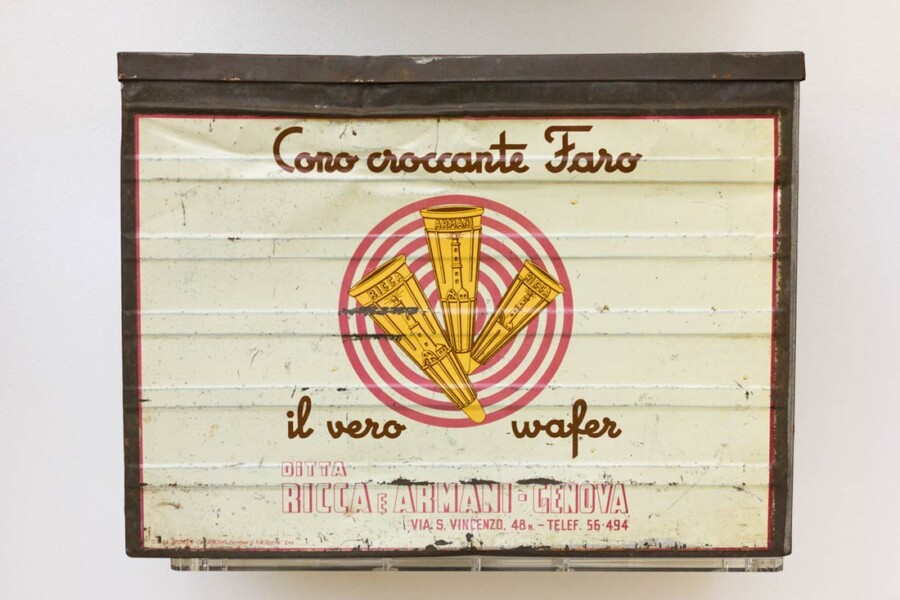Gelato Museum Carpigiani: explore gelato's italian roots

The Carpigiani Gelato Museum stands as a testament to Italy's rich tradition of artisan gelato, offering visitors an immersive journey through its history, cultural significance, and technological advancements.
Located in Anzola dell'Emilia, near Bologna, this unique institution delves deep into the evolution of gelato, from its ancient origins to its modern-day artistry
The origins of gelato
Gelato's roots trace back to ancient civilizations.
Historical records suggest that as early as 12,000 B.C., people combined snow with fruit juices and honey to create primitive frozen desserts. This practice was evident in ancient China and later adopted by Egyptians and Romans, who indulged in similar icy treats during banquets.
The Renaissance period in Italy marked a significant evolution in gelato's history.
Notably, the Florentine architect and artist Bernardo Buontalenti is often credited with creating the first gelato recipe in the 16th century, introducing a blend of milk, honey, and egg yolk.
This innovation laid the groundwork for the gelato we cherish today.

Gelato Museum Carpigiani: a delicious journey through time
Established in 2012, the Carpigiani Gelato Museum is dedicated to preserving and showcasing the rich heritage of artisan gelato.
Spanning over 1,000 square meters, the museum offers an interactive experience that chronicles gelato's journey from its inception to contemporary times.
Exhibits and collections
Visitors can explore a vast array of artifacts, including vintage gelato-making equipment, historical documents, and photographs that highlight the evolution of gelato production techniques.
The museum also delves into the cultural impact of gelato, illustrating its significance in Italian society and its global influence.
Educational workshops
Beyond its exhibits, the museum offers hands-on workshops where participants can learn the art of gelato-making.
These sessions provide insights into traditional methods and allow attendees to craft their own gelato creations under the guidance of expert artisans.

Gelato vs. Ice Cream: understanding the differences
Ingredients and fat content
- Gelato is primarily made with milk, sugar, and flavorings, containing less cream and typically omitting egg yolks. This results in a lower fat content compared to ice cream.
- Ice cream often includes a higher proportion of cream and egg yolks, leading to a richer fat content.
Churning process and texture
- Gelato is churned at a slower speed, incorporating less air and yielding a denser, silkier texture.
- Ice cream is churned more vigorously, introducing more air and producing a lighter, fluffier consistency.
Serving temperature
- Gelato is served at a slightly warmer temperature than ice cream, enhancing its creamy texture and intensifying flavor perception.
These distinctions contribute to the unique sensory experiences of each dessert, with gelato offering a more concentrated flavor profile and smoother mouthfeel.
Authentic vs. fake Gelato: how to discern the difference
In Italy, gelato is more than a treat—it's a cultural emblem.
However, not all gelato is created equal. To ensure you're savoring authentic artisan gelato, consider the following indicators:
Appearance
- Authentic Gelato is typically stored in flat containers, often covered with lids and called carapine. Its colors are natural and subdued, reflecting the genuine ingredients used. For instance, pistachio gelato should exhibit a muted green hue, not a vibrant green.
- Fake Gelato is often displayed in towering, fluffy mounds with exaggerated, bright colors—signs of artificial additives and excessive air incorporation.
Ingredient quality
- Authentic Gelato is crafted using fresh, natural ingredients without artificial flavorings or colorants.
- Fake Gelato may rely on pre-made mixes, artificial flavors, and colors to enhance appearance and taste.
Storage and serving
- Authentic Gelato is stored at slightly warmer temperatures to maintain its creamy consistency and is served using a spatula.
- Fake Gelato is often stored at lower temperatures, resulting in a harder texture.
By being mindful of these factors, you can distinguish genuine gelato from imitations and fully appreciate the authentic Italian experience.

Experience the Italian Gelato
Italy's passion for gelato is evident in its abundance of gelaterias, each offering a unique array of flavors. The country's dedication to quality and tradition makes Italian gelato a standout.
Why is Gelato superior in Italy?
Several factors contribute to the exceptional quality of gelato in Italy:
- Fresh ingredients: Italian gelaterias prioritize local, seasonal produce, ensuring vibrant and authentic flavors.
- Artisanal techniques: Many gelato makers adhere to traditional methods, focusing on small-batch production to maintain quality.
- Cultural significance: Gelato holds a special place in Italian culture, with artisans dedicating themselves to perfecting their craft.
This commitment to excellence results in a gelato experience that is often unparalleled elsewhere.
Which Italian city boasts the best gelato?
While gelato of exceptional quality can be found throughout Italy, certain cities are renowned for their gelato traditions:
- Florence: Often considered the birthplace of gelato, Florence offers numerous historic gelaterias celebrated for their classic flavors.
- Bologna: Home to the Carpigiani Gelato Museum, the gelato shops in Bologna are all around the city and offer superb quality
- Rome: With its vast array of gelaterias, Rome provides a diverse gelato scene, from traditional to innovative flavors.
How to get to the Gelato Museum Carpigiani
Reaching the Carpigiani Gelato Museum in Anzola dell’Emilia, near Bologna, is straightforward and convenient. Here’s how you can plan your visit:
- By car
- From Bologna city center: Drive about 20 minutes west on Via Emilia towards Anzola dell’Emilia. Follow signs for the Carpigiani headquarters. Free parking is available on-site.
- From other cities: Use the A1 or A14 motorways, exiting at Bologna Borgo Panigale. Then, take Via Emilia and follow the directions mentioned above.
- By public transport
- From Bologna Central Train Station: Take a regional train to Anzola dell’Emilia station, then walk about 20 minutes to the museum.
- Bus Option: Use bus line 87 from Bologna’s main bus station, which stops near the museum. Check local schedules for the latest timings.
Practical info
Gelato Museum
Via Emilia, 45 40011 Anzola Emilia (Bologna)
Tel +39 051 6505306
Info and reservations: [email protected]
Website: www.gelatomuseum.com
The museum is open from Tuesday to Saturday from 9:00 am to 6:00 pm.
All visits are guided and reservation is required.
Experience authentic Gelato on our Bologna food tour
Ready to immerse yourself in the true flavors of Italy?
Join our Bologna food tour, where you’ll explore the rich culinary traditions of this vibrant city.
Book your spot today and let your taste buds embark on a delicious adventure through Bologna’s finest treats, including world-class gelato


